Introduction
Is your dog breathing rapidly but not panting? This can be alarming for pet owners. Understanding what normal breathing looks like is vital. Knowing when to seek help can make all the difference for your furry friend. In this article, we will discuss normal respiratory rates in dogs and what fast breathing might indicate.
To be prepared for any unexpected health issues, it’s wise to have a Dog First Aid Kit handy. This kit can be a lifesaver in emergencies, ensuring you can address minor injuries and ailments before getting to the vet.
Summary and Overview
Normal breathing rates for dogs range from 15 to 35 breaths per minute at rest. Anything above 40 breaths per minute is considered fast and may warrant investigation. It’s crucial to differentiate between normal panting and fast breathing without panting. Panting is a mechanism for cooling down, while rapid breathing might signal a health issue. Fast breathing can indicate various health concerns, such as respiratory distress, pain, or anxiety. Monitoring your dog’s behavior and breathing patterns is essential. This article will cover causes, symptoms, diagnosis, and treatment options for fast breathing in dogs.
As a responsible pet owner, you should also consider investing in a Pet Carrier Backpack. It’s perfect for trips to the vet or outdoor adventures, ensuring your dog stays safe and comfortable while you’re on the go.

Understanding Normal vs. Fast Breathing in Dogs
What is a Healthy Breathing Rate?
A healthy dog typically breathes between 15 and 35 times per minute while at rest. If your dog is breathing faster than this, it may be a sign of tachypnea, which can indicate health issues. Factors like age, size, and activity level can influence breathing rates. For instance, small dogs may have faster rates than larger breeds. Always observe your dog’s normal behavior to identify any changes that may require veterinary attention. Understanding what is typical for your dog is crucial for their respiratory health.
To keep track of your dog’s health, you might want to use a Dog Breathing Monitor. This device can help you keep an eye on your dog’s respiratory patterns, giving you peace of mind and letting you act quickly if something seems off.

How to Identify Fast Breathing
Understanding your dog’s breathing can be crucial for their health. To measure your dog’s breathing rate, observe them while resting or sleeping. Count how many times their chest rises in one minute. A normal rate is between 15 and 35 breaths per minute. If your dog breathes over 40 times per minute, that’s considered fast and may need further investigation.
Look for signs indicating rapid breathing. Symptoms could include an increased respiratory rate, shallow breaths, or noticeable effort in breathing. You might also notice your dog using their stomach muscles to help themselves breathe. This could suggest distress.
It’s essential to differentiate fast breathing from panting. Panting usually occurs after exercise or in warm weather and serves as a cooling mechanism. If your dog is breathing quickly without engaging in physical activity, it may signal a health concern. Staying alert to these signs can help you act promptly if needed.
Potential Causes of Fast Breathing in Dogs
Medical Conditions
Several medical issues can lead to fast breathing in dogs. Conditions such as asthma can cause difficulty in breathing and rapid respiratory rates. Heart disease may lead to insufficient oxygen circulating in the body, triggering faster breaths. Pneumonia can inflame the lungs, making breathing laborious. Anemia reduces red blood cells, causing the heart to work harder. Lung tumors can also obstruct airflow, resulting in quickened breaths.
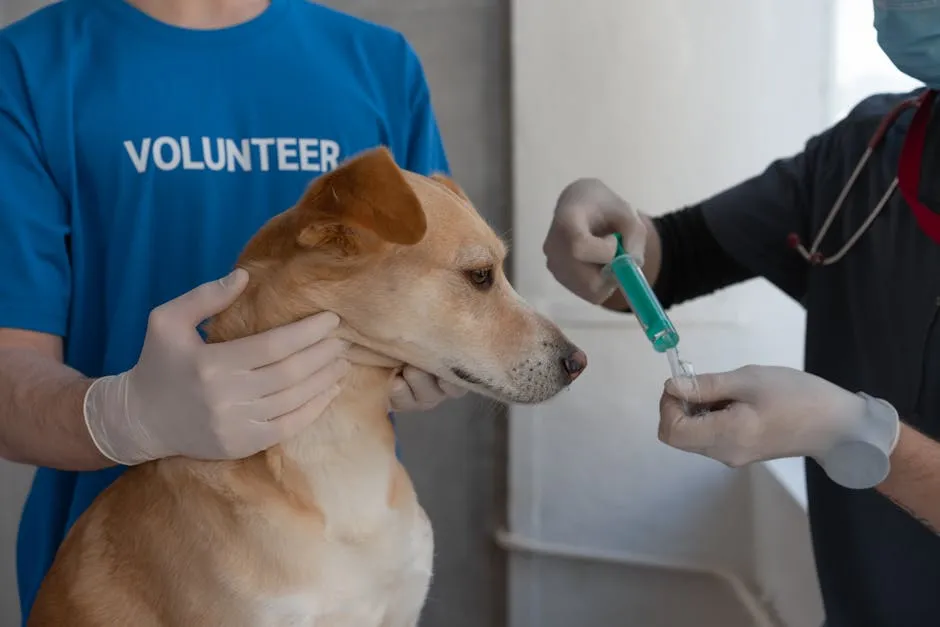
To ensure your dog’s health, consider having a Canine Anatomy Book at home. This resource can help you understand your dog’s body and the potential health issues they may face, allowing you to advocate for their well-being effectively.
Environmental Factors
Environmental influences are significant. Heat can elevate breathing rates, as dogs pant to cool down. Stressful situations, like loud noises or changes in the environment, can also cause rapid breathing. Exposure to smoke or allergens can irritate a dog’s airways, leading to increased respiratory effort. Understanding these factors can help you create a more comfortable environment for your dog.
Monitoring your dog’s breathing is essential. If you observe any changes or if their rapid breathing persists, consider consulting your veterinarian for a thorough examination. Early detection can help address potential health issues effectively.

Breed-Specific Considerations
Certain dog breeds face unique breathing challenges. Brachycephalic breeds, like Pugs and Bulldogs, are particularly prone to issues. Their short snouts and flat faces create anatomical restrictions. These features can lead to obstructed airways, making it hard for them to breathe normally.
These breeds may exhibit rapid breathing even during calm moments. The structure of their skulls limits airflow, which can result in increased respiratory effort. Owners of these dogs should be vigilant about their breathing patterns. Any signs of distress could indicate serious health concerns.
Understanding breed-related breathing issues is crucial. By recognizing the specific challenges your dog may face, you can take proactive steps. Regular vet check-ups can help monitor any potential issues. Early intervention can significantly improve your dog’s quality of life.
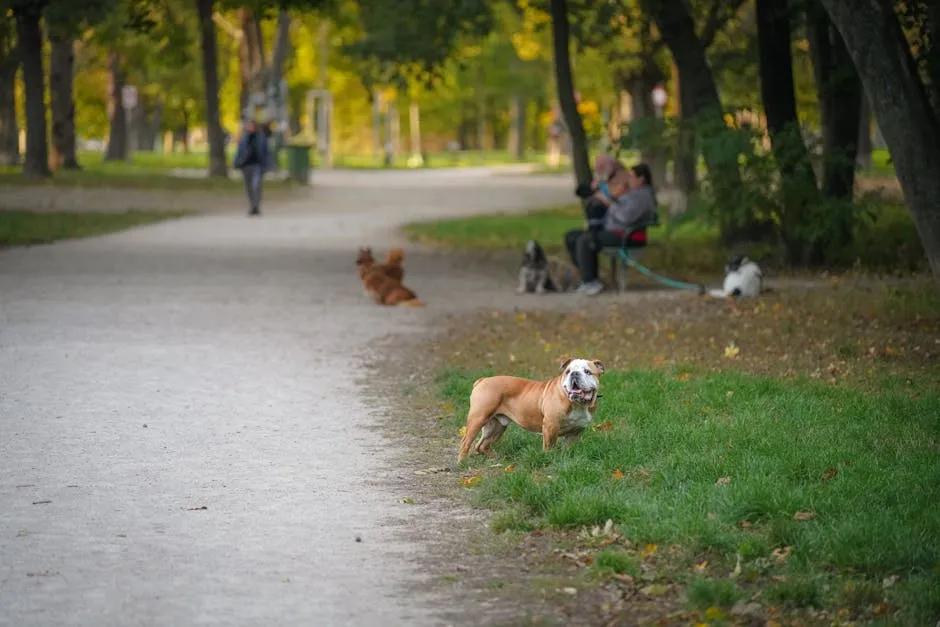
Recognizing Symptoms of Concern
Signs to Watch For
If your dog is breathing fast, certain symptoms require immediate attention. Look out for these critical signs:
- Pale or blue-tinged gums
- Open-mouthed breathing while resting
- Reluctance to eat or drink
- Excessive drooling
These symptoms may indicate respiratory distress. If you observe any of them alongside rapid breathing, contact your veterinarian without delay. Quick action can be vital for your dog’s health.

To help manage your dog’s anxiety, consider using a Dog Anxiety Vest. This can provide comfort during stressful situations, helping your dog feel secure and calm.
When to Seek Veterinary Care
Knowing when to call the vet is essential. If your dog shows concerning symptoms, don’t hesitate. Contact your veterinarian if:
- Breathing appears labored or shallow
- They refuse food or water
- Gums change color
- Drooling becomes excessive
Timely veterinary consultation can prevent worsening conditions. Your dog’s health is paramount, and prompt action can make all the difference. Always trust your instincts; if something feels off, it’s best to seek professional advice.

Diagnosing the Cause of Fast Breathing
Veterinary Examination Process
If your dog is breathing fast without panting, a veterinary visit is essential. Here’s what you can expect during the examination process:
First, the veterinarian will conduct a physical examination. They’ll check your dog’s overall health. This includes listening to their heart and lungs. They’ll also look for any signs of distress or discomfort.
Next, your vet will ask you questions about your dog’s medical history. This includes any recent illnesses, medications, or changes in behavior. Providing this information helps the vet understand your dog’s condition better.

Based on the initial findings, your vet may recommend diagnostic tests. These could include X-rays to examine the lungs and heart. Blood tests might also be conducted to check for infections or other medical conditions. These steps are crucial for a thorough understanding of your dog’s health. Effective veterinary diagnostics can pinpoint the underlying cause of fast breathing.
While waiting for your appointment, consider using a Dog Health and Nutrition Book to gain insights into your dog’s needs and how to keep them healthy.

Treatment Options for Fast Breathing
Overview of Treatment Approaches
Treating your dog’s fast breathing depends on the underlying cause. If pain is a factor, your vet might prescribe medications for relief. These can include anti-inflammatories or pain-relievers to help your pet feel more comfortable.
In cases where oxygen levels are low, oxygen therapy might be necessary. This treatment ensures your dog receives adequate oxygen and can relieve breathing difficulties.
If anxiety is a contributing factor, behavioral training may be recommended. Working with a certified dog trainer can help your pet manage stress better.
In severe situations, hospitalization may be required. This allows for constant monitoring and immediate care. Your vet will determine the best course of action based on your dog’s specific needs.
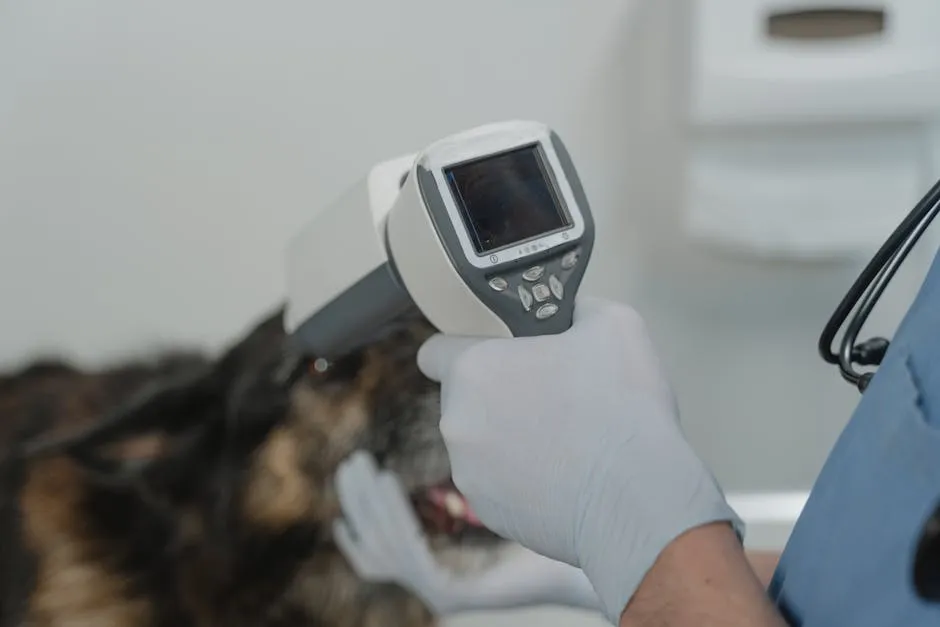
Understanding dog treatment options is crucial. Prompt veterinary care can significantly improve your dog’s breathing and overall well-being.
Additionally, you might want to consider a Dog Grooming Kit to maintain your dog’s hygiene, as proper grooming can help prevent skin issues that might contribute to anxiety and breathing problems.
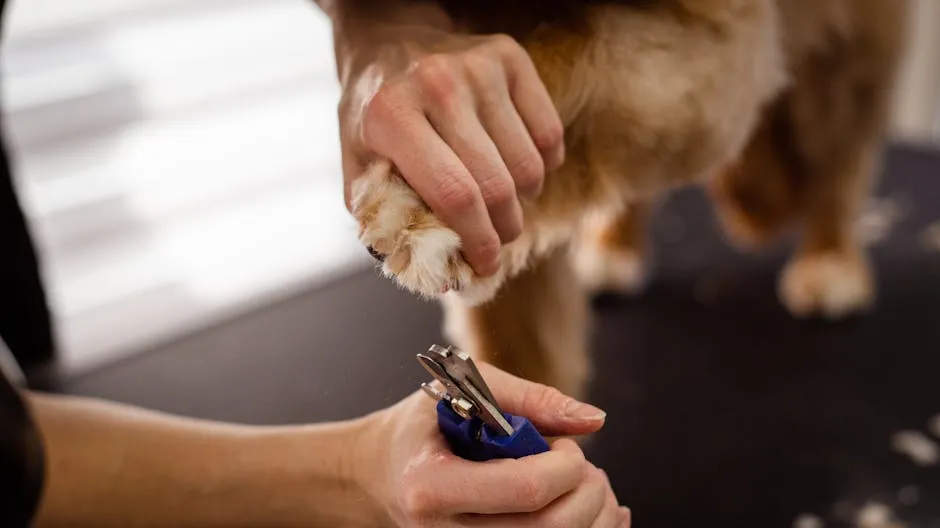
Conclusion
Understanding your dog’s breathing patterns is essential. Fast breathing without panting can indicate health issues. Recognizing these patterns helps you identify when to seek veterinary care. If you notice your dog breathing rapidly, don’t hesitate to act. Prompt attention can prevent potential complications.
Many causes of fast breathing are treatable. With appropriate veterinary care, your dog can often return to normal health. Always trust your instincts as a pet owner. If something feels off, it’s best to reach out to your veterinarian.
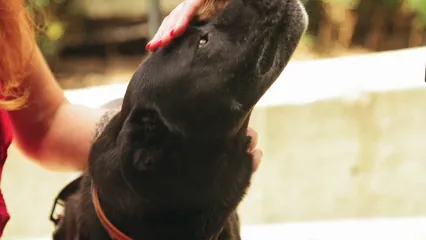
For those long car rides, consider a Dog Car Seat Cover to keep your car clean while ensuring your pup’s comfort during travel.
FAQs
Is it normal for my dog to breathe fast after playing?
Yes, exercise can temporarily increase breathing rates. After resting, it should return to normal.
What should I do if my dog is breathing fast but seems fine?
Monitor your dog closely. If fast breathing continues, consult your vet for advice.
Can anxiety cause my dog to breathe fast?
Yes, stress and anxiety can lead to rapid breathing. Addressing these issues is important for your dog’s well-being.
Are certain breeds more prone to fast breathing?
Yes, brachycephalic breeds like Pugs and Bulldogs often face breathing difficulties due to their anatomical structure.
What home remedies can help my dog breathe better?
Ensure a calm environment, proper hydration, and good ventilation. These factors can help ease your dog’s breathing.
How can I tell if my dog’s breathing is normal?
Establish a baseline by counting breaths while they’re resting. Normal rates are between 15 and 35 breaths per minute.
When should I take my dog to the emergency vet for fast breathing?
Seek immediate care if you notice labored breathing, color changes in gums, or reluctance to eat or drink.
If you notice your dog is breathing fast but not panting, it’s important to understand the potential causes. This can include health issues like dog breathing fast but not panting.
To keep your home fur-free, a Pet Hair Remover Roller can be invaluable. It’s a simple tool that can make your cleaning routine much easier.
Please let us know what you think about our content by leaving a comment down below!
Thank you for reading till here 🙂
All images from Pexels





